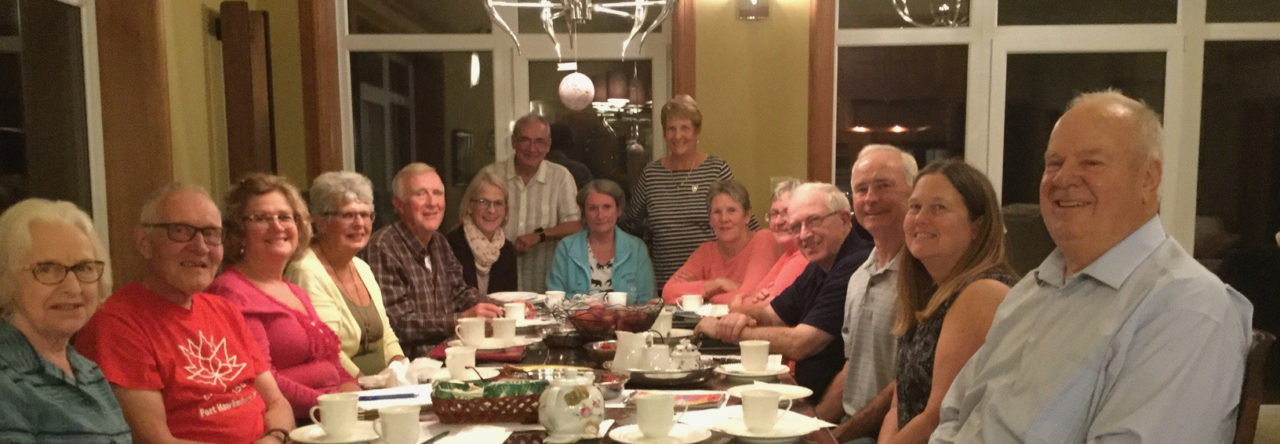St Mary’s Special School in Kawambwa, Zambia and St Odilia School in Mporokoso, Zambia provide for the special needs of students with albinism, blindness and the visually impaired. These students have visual disorders caused by conditions which diminish sight such as glaucoma, cataracts and injuries. The St Mary’s School in Kawambwa school for the blind has 26 learners who are totally blind and St. Odilia has 9 totally blind learners with a total of 35 totally blind pupils. The blind students, usually have lost their sight before they begin school. These are in addition to a good portion of the school population who have varying degrees of visual impairments.
They receive medical care from both the local hospital and experts from Kitwe eye clinic (which is a minimum of 18 hours away, depending on road conditions). There are students who have had cataract surgery and they are able to see and others are given medicines regularly to help with eye conditions. Some of the students manage to obtain medicines but the majority are vulnerable to the extent that they cannot afford the needed medication. It’s only through the generosity of donations from Canada, through Chalice, that they can sometimes buy the medicines required.
Zambia is a country which struggles with poverty and low employment. Health care may be free but the medicines and costs associated with healing are usually beyond the reach of the rural workers. They subsist on the food they grow and the little they can sell at the market or roadside. Their yearly income can be less than $400 leaving very little for medical needs or eye care.
Inverness County Cares members did not see any students wearing eye glasses. The reading glasses, handheld magnifiers and sheet magnifiers brought from Canada, were very gratefully accepted and the students with some sight find they make a significant improvement in what they can see.
For children living with Albinism, their vision is poor and often we saw them making great efforts to see a page of text, by trying to position their eyes very close to the page, to accommodate their vision loss. The majority of them are short-sighted and their vision sometimes deteriorates with age. Therefore, they need both skills in ink and in braille so that when the sight is gone, they can be able to continue with their reading and writing skills. All students with blindness or visual impairment immediately begin learning Braille when they begin school.
The blind students receive support and companionship by being with other blind students who understand the special needs of each other. They are welcomed and taught by staff members who have received a teaching certificate for instruction of special needs students. Some of those teachers are blind themselves or dealing with visual impairment so therefore very sensitive to the students’ needs and life situation. Those teachers are also great role models for these challenged students. The school is equipped with a limited supply of machines which can translate text books and other learning materials on to Braille and Braillion paper for the benefit of the learning needs of the blind. Sighted students are taught to come to the assistance of the blind and guide them in new and unfamiliar places and situations. Friendships are built. The school grounds are set up so that there are cement borders along the main pathways that help blind students feel their way more easily to their classes and dormitories and dining hall. ICC brought ten white canes to the schools so that students can be taught to use them as a guide to achieve greater independence in their movement. Student-teacher ratios are lower so that they allow for greater help and interaction. Students are taught not to use blindness as an excuse but encouraged to move forward as confident and independent people and good productive citizens of Zambia. Much is being done but great is still the need.
Besides learning to read and write Braille the students have a very important daily living class which prepares them to maneuver the world outside their village and beyond the boundaries of the school. Many of these children were isolated because of the shame of their disability. They come to the schools timid and afraid and leave with self-confidence and the skills to maneuver the challenges of the sighted world.
The school has a large catchment area which caters to the children from across the country but the majority come from the northern provinces of Zambia. The Sisters of the Child Jesus who administer the schools, provide a loving comfortable home for the children. They believe children who are blind deserve an excellent education just like any other children. These children however often lack the support required for them to excel. They need support in terms of equipment, medicine, social, physical, emotional and other assistance that can help them succeed in their education. They are so very grateful for the support from Canada. We have been told often of how Chalice and Inverness County Cares has transformed the school since their participation in the Chalice sponsorship program.
Inverness County Cares (ICC) is a local charitable organization, founded in 2012 and based in Inverness County, NS, Canada. ICC works in partnership with Chalice.ca, a Canadian charity, based in Bedford, Nova Scotia. Chalice provides guidance and assistance to help ICC provide a better life for the children at the Kawambwa schools. The Kawambwa Project involves supporting two schools for albino and visually impaired students, in Northern Zambia. Inverness County Cares always welcomes new members. Individuals who wish to donate, can use the donate button on our website http://invernesscountycares.com When using E-transfer, please include your mailing address for CRA tax receipts and a thank you message. E-transfer address: invernesscountycares@gmail.com or send a cheque to Inverness County Cares, 5414 Route 19, Judique, NS, Canada, B0E1P0. Taxation receipts provided for USA and Canada.Check out our blog at icczambia.blogspot.com





